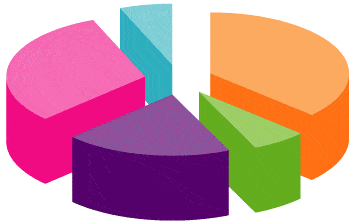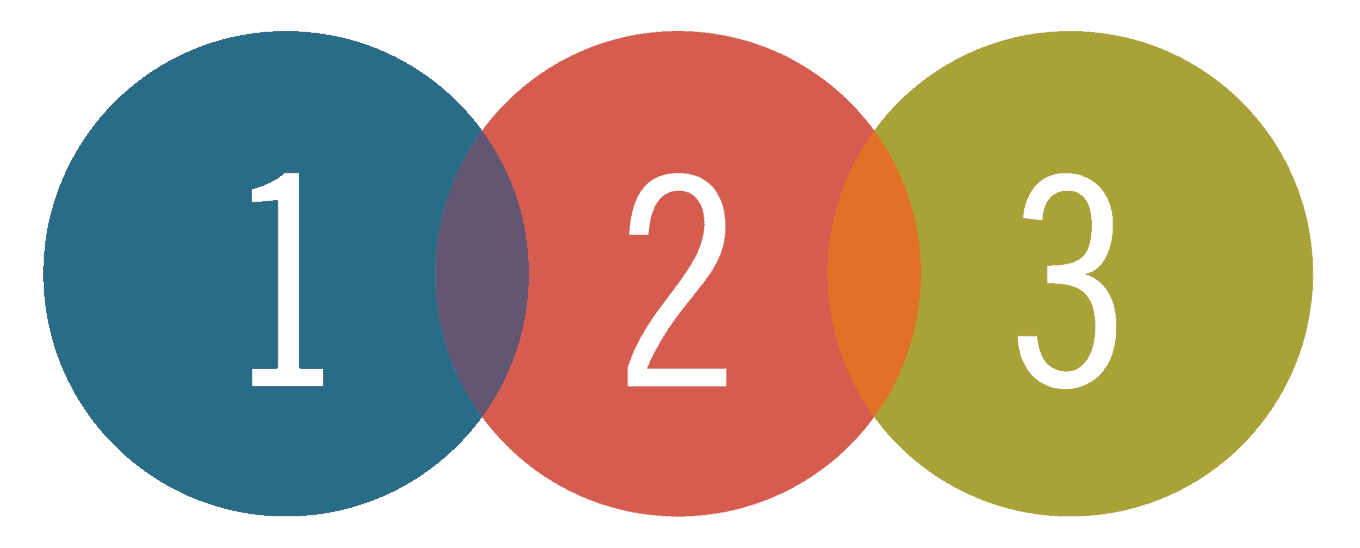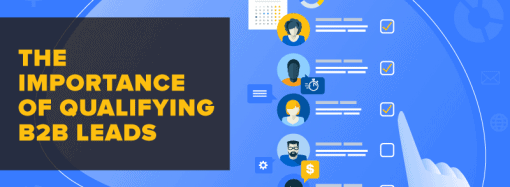One lead is not always the same as another. Often, leads of varying characteristics must be engaged in different ways through your marketing efforts. For example, an executive at a company is not necessarily looking for the same thing as an intern, and the right messaging for each of them can be drastically different.
One lead is not always the same as another. Often, leads of varying characteristics must be engaged in different ways through your marketing efforts. For example, an executive at a company is not necessarily looking for the same thing as an intern, and the right messaging for each of them can be drastically different. That is why lead segmentation is so crucial to successfully capture and convert each lead into a sale.
Here’s a breakdown of the ways in which you can segment your leads, prioritize characteristics and re-segment through data to successfully turn more leads into sales conversions.
Ways to Segment Efficiently
There are a variety of ways to segment a group of leads, and each one has reasoning for why it is important in the way in which you interact with them. Here are 5 key characteristics to consider segmenting through:
Geography / Operational Locations
- Business Unit / Industry Segment
- Role / Position in Company
- Stage in the Buying Cycle
- Interest / Pain Points
With each of these characteristics you break it down into those that are relevant to how your company specifically can target and appeal to your leads. This allows you to decipher the most relevant content and methods to nurture them successfully.
EXAMPLE
Say you provide B2B telecommunication services. You realize that if you segment your potential leads by their industry – such as education or healthcare – you can hit more personally on the needs of that particular segment in the messaging you use, allowing you to better connect with the leads. Your potential leads in education may be looking for more reliable and advanced communication tools to enhance the educational experience, while your potential leads in healthcare may be looking for faster and more simplistic communication tools to ensure safety.
Segmenting will help you hit those issues they are each facing and offer the solutions they each need. It might be the same exact product you push to them, but based on the segment, you will highlight different benefits and address different pain points.
Prioritizing Characteristics for Optimal Segmentation
To really be efficient in lead nurturing, you must not only recognize all of the potential ways you can segment your leads, but also prioritize which characteristics mean the most. You want to segment in an order that reflects how you can most effectively market to each lead and make a successful connection with them.
EXAMPLE
You’re still this B2B telecommunications provider. You realize that how you market your products to the security manager as opposed to the financial manager at a healthcare facility is vastly different. There will be similar pain points since it is the same industry, but the benefits that get their attention may vary between the two individuals. You also know that both will have different preferred methods of contact depending on where they are in the buying cycle. Therefore, you prioritize your segmentation in the following order:
- SEGMENTATION BY INDUSTRY – separating healthcare and education
- SEGMENTATION BY POSITION/ROLE IN THE COMPANY – separating the security managers from the financial managers
- SEGMENTATION BY STAGE IN THE BUYING CYCLE
You’ll notice that your messaging will become targeted at this level of segmentation and you will have a higher potential of converting your leads into sales.
Re-Segmenting through Engagement Data

This is where utilizing engagement data can significantly help in lead nurturing. While you have already set a plan for the type of lead and where they are in the buying cycle, you can take your lead nurturing to the next level by re-segmenting your leads based on their reactions to outreach efforts and interactions with the brand in other methods during the buying cycle.
EXAMPLE
You send an email to financial managers at various healthcare facilities early in the buying process that highlights the faster and more simplistic communication tools you provide to help ensure safety AND save money in the long run through lower labor costs, less safety issues over time, etc. Twenty-five percent of recipients clicked to request a quote, sixty percent opened the email but didn’t click to request the quote, and the remainder never opened the email.
The twenty-five percent that followed through are going down your planned path beautifully, but did you plan on what to do with those that just opened the email or those that did nothing at all? Maybe these financial managers are more inclined to consider your product if the method of contact was a bit more personal, so you follow up by delivering customized messaging to their facility.
Then there’s the possibility that, maybe some of those who didn’t follow through or didn’t even open are interacting with your brand in other ways. You might find out that you have one lead that didn’t open your email, but did visit your website three different times and downloaded a product brochure. Do you have a system for pulling this person out of the “non-response” group from that one email and recognizing that it is actually a very high-quality lead?
How to Manage the Complexity

Considering these recommendations for lead segmentation, it is important to note: the better you understand your customer, their needs and their pains, the better you can segment them, target them and successfully turn them into sales. These insights are essential in capturing the most leads, producing the greatest outcomes, and creating the highest ROI from your marketing and advertising efforts.


 Geography / Operational Locations
Geography / Operational Locations











